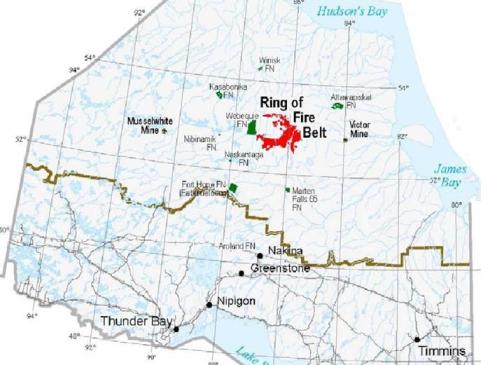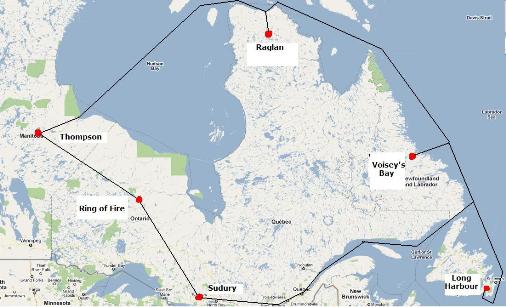Ontario Mining Association members Dumas Contracting and Goldcorp facilitated the training and graduation of eight First Nations residents from a four month training program recently. All graduates will be starting work with either Dumas or Goldcorp. The ceremony in Timmins followed the recent mining academy graduation of six students at the Young-Davidson mine near Kirkland Lake involving Dumas and Northgate Minerals.
The training in Timmins was carried out by Dumas in a partnership program with Wabun Tribal Council, the Matachewan Aboriginal Access to Mine Jobs Training Strategy (MAATS) and Goldcorp. Steve LaRocque (Matachewan First Nation) graduated as a heavy duty mechanic apprentice and Natasha Lefebre (Metis affiliation) completed her orientation as a human resources assistant.
The other six graduates completed training in basic underground mining – Courtney Batisse and Paul Denomme (Matachewan First Nation), Steve Denomme (Matachewan First Nation affiliate), Jean Loiselle (Mattagami First Nation), Paul Minarik (Mattagami First Nation affiliate) and David Tookate (Attawapiskat First Nation).
























